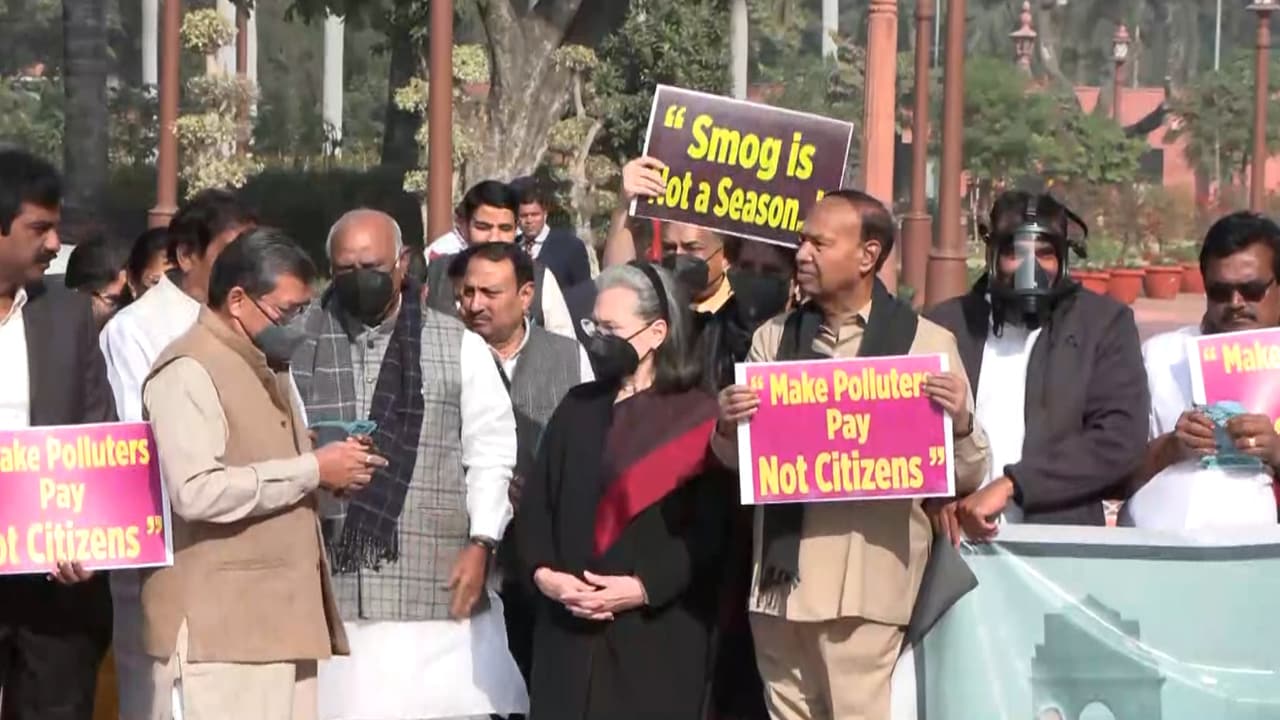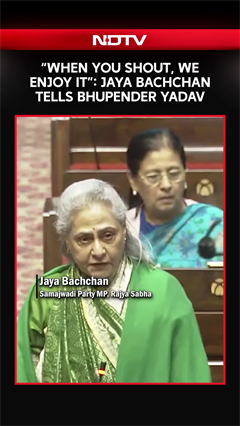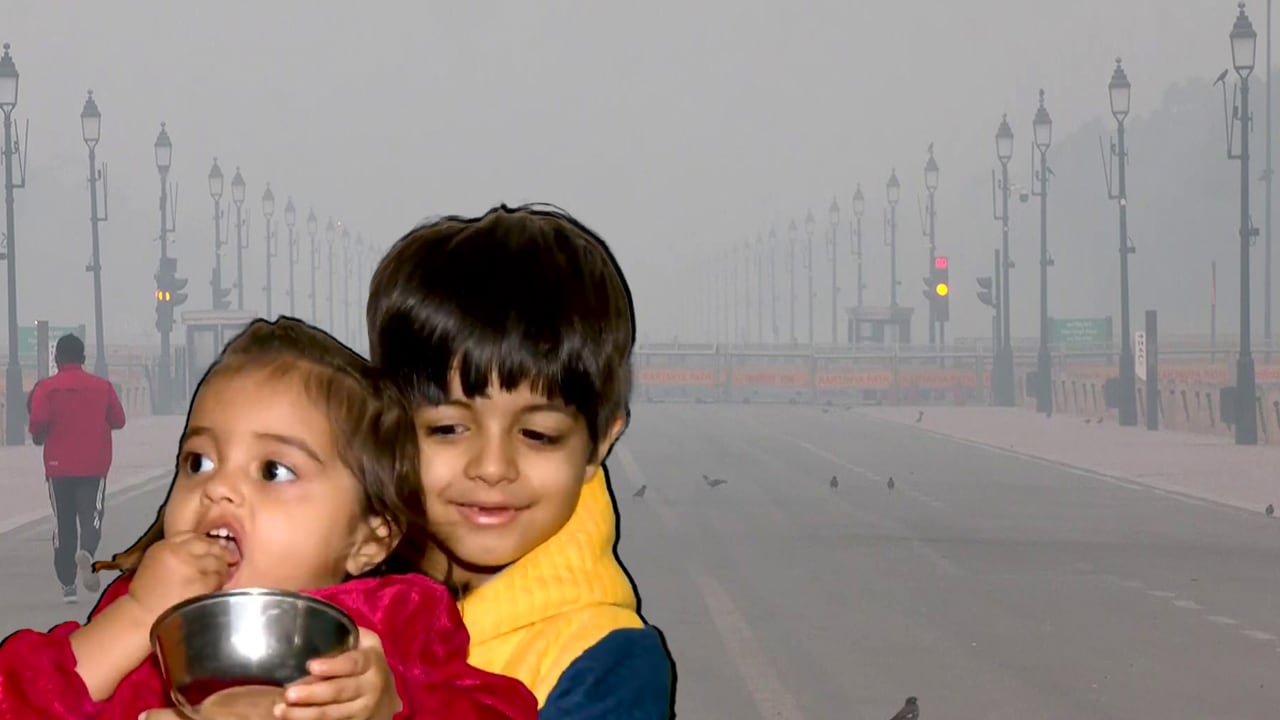- Home/
- Severe AQI And Air Pollution: 10 Dangerous Myths That Are Harming You Daily
Severe AQI And Air Pollution: 10 Dangerous Myths That Are Harming You Daily

Every winter Delhi-NCR rehearses the same health drama with characters like smoke, searing PM2.5 spikes, and headlines urging caution. Yet, alongside official advisories, a tangle of myths circulates on social media, in office chatter and among well-meaning family members. These half-truths can lull people into a false sense of safety or push them toward expensive but ineffective products. The stakes are high because long-term exposure to fine particulate matter is linked to millions of premature deaths worldwide and a substantial disease burden in India, affecting heart, lung and metabolic health.
Public-health bodies therefore emphasise both policy action and individual risk-mitigation, but accurate public understanding is essential for those measures to work. So, here are 10 persistent myths about poor AQI and air pollution, debunked.
10 Myths Around Severe AQI, Air Pollution And Your Health, Debunked
Myth 1: "If I go or stay indoors I'm safe"
Fact: Indoor air often reflects outdoor pollution because PM2.5 infiltrates homes through windows, doors and ventilation. In highly polluted cities, indoor levels can remain high unless measures (sealed rooms, filtration) are used. Authorities recommend indoor risk reduction alongside staying indoors.
Myth 2: "Surgical or cloth masks protect me like N95s"
Fact: Not all masks are equal. Well-fitting N95/FFP2 respirators substantially reduce personal PM2.5 exposure; cloth and loose surgical masks vary widely and often give little protection against fine particles. For pollution peaks, respirators are the preferable option for high-risk people.
Myth 3: "Air purifiers are a gimmick, and they don't work"
Fact: High-efficiency particulate (HEPA) air cleaners markedly lower indoor PM2.5 when sized and run correctly; randomized and intervention studies show substantial reductions in indoor particle levels and some downstream health gains (e.g., blood-pressure improvements in susceptible groups). They are effective tools for homes and clinics, not miracle cures.
Myth 4: "Houseplants will clean my air"
Fact: While plants remove tiny amounts of some VOCs under lab conditions, they do not meaningfully reduce high indoor PM2.5 from outdoor pollution. Rely on filtration and ventilation control, not a few pots.
Myth 5: "If I've lived here a long time I'm immune"
Fact: Long-term exposure to PM2.5 increases chronic risks (cardiovascular disease, COPD, stroke). So clearly, the damage accumulates and does not produce immunity. Reducing exposure benefits everyone, at all ages.
Myth 6: "Short trips outside won't hurt"
Fact: Even short exposures during high-AQI episodes spike inhaled dose. Limiting outdoor exertion during peaks reduces acute respiratory and cardiovascular strain, particularly for children, pregnant women, older adults and people with heart or lung disease.
Myth 7: "Low-cost masks or scarves are just as good"
Fact: Many low-cost face coverings are porous and poorly fitted. Filtration and fit matter, a certified respirator offers far better protection than most improvised coverings during severe pollution.
Myth 8: "If I feel fine, pollution isn't affecting me"
Fact: Harm from PM2.5 is often invisible and cumulative. Epidemiological evidence ties ambient particulate exposure to premature deaths and chronic disease even among people without immediate symptoms. Population-level gains require both policy action and individual protection.
Myth 9: "Masks and filters fix everything, so no need for policy change"
Fact: Personal measures reduce exposure but do not stop the sources. Solving Delhi-NCR's crisis requires coordinated policy across transport, industry, waste and farm residue management. Individual action complements, but does not replace, systemic fixes.
Myth 10: "Air purifiers and masks are enough, and I can ignore heart or lung checkups"
Fact:Pollution increases risks for cardiovascular and respiratory disease; people with risk factors should see clinicians regularly. Air-quality measures are risk-reduction tools, not substitutes for medical care.
Practical, Evidence-Based Steps You Can Take Now
- Monitor AQI daily from official sources (CPCB/SAMEER) and avoid outdoor exercise during "poor" or worse days.
- Use well-fitting N95/FFP2 respirators on high-pollution days (especially for commuting).
- Run a HEPA air purifier sized for your main living areas and keep windows closed when AQI is worst.
- Reduce indoor sources (tobacco, incense, unvented cooking) and maintain HVAC filters.
- If you have heart or lung disease, follow medical advice and seek timely care during symptom flares.
Debunking myths matters because misinformation leads to complacency, wasted money and missed opportunities to reduce harm. Delhi-NCR's air-quality crisis calls for both stronger policy and smarter individual choices, grounded in evidence. Use certified respirators when needed, invest in proper filtration if possible, and support policies that tackle pollution at its sources. Clean air is a collective goal, and accurate knowledge is the first practical step.
Disclaimer: This content including advice provides generic information only. It is in no way a substitute for a qualified medical opinion. Always consult a specialist or your doctor for more information. NDTV does not claim responsibility for this information.
Latest Stories
- Edited by Srishti Singh Sisodia | Sunday December 07, 2025
These cities serve as examples of how natural surroundings and effective pollution control can contribute to cleaner air.
- Press Trust of India | Sunday December 07, 2025
Ghaziabad was the most polluted city in India in November, with a monthly average PM2.5 concentration of 224 microgram per cubic metre and air quality remaining above the national standards on all 30 days, according to a new analysis.
- Reported by Ishika Verma | Saturday December 06, 2025
New Delhi: Two days after Chief Minister Rekha Gupta held a high-level review meeting, the Delhi government on Saturday formally notified the constitution of a new Expert Group on Air Pollution Mitigation and a High-Level Implementation Committee.
- Saturday December 06, 2025 , New Delhi
Delhi Chief Minister Rekha Gupta on Thursday claimed that the capital had "celebrated Diwali and maintained air quality."
- Reported by Ankita Tiwari | Friday December 05, 2025 , New Delhi
Every winter, Delhi's air turns toxic, and this year is no exception. After the monsoon, pollution levels rise, but the real crisis begins when temperatures plunge.
................................ Advertisement ................................
Latest Videos
Opinion
Blog | Well Done, Delhi. You've Turned Lung Sacrifice Into A Badge Of HonourSaikat Kumar Bose
Monday November 10, 2025Till some years back, Delhiites would ask angry questions to those in power about the capitals annual tryst with toxic air. This has changed. Those in the driving seat dont see the need to answer now.
Opinion | Why Indians Have Just Given Up On Air Pollution CrisisTanushree Ganguly
Friday December 20, 2024While some may argue that people in Delhi are now more aware of air pollution than they were a decade back, my rebuttal would be that awareness does not mean that people are concerned.
Opinion | You Must Outrage Over Filthy Air More Than Once A YearJyoti Pande Lavakare
Tuesday December 10, 2024Delhi welcomed us with monsoon rains and mangos. We were home. Fast forward a couple of years, in the winter of 2012, I found myself in denial about something other parents, mostly expats, were calling toxic air.
Opinion | Delhi's Air Pollution Situation Is Like A Bad MarriageNishtha Gautam
Friday November 22, 2024On a good day, such as today, the AQI reading in Delhi is 407. We are jubilant at the sickly sunshine trickling through the slightly dissipated smog. At least its not 1600.
दिवाली... पराली... सियासी जुगाली!Ashwini kumar
Monday November 18, 2024दिल्ली-एनसीआर में प्रदूषण का समाधान तो आज तक मिला नहीं. हर साल चिंतित होकर हम-आप सांसों की तकलीफ के साथ-साथ दिल और ब्लड प्रेशर के मरीज भी क्यों बनें?


















